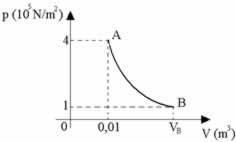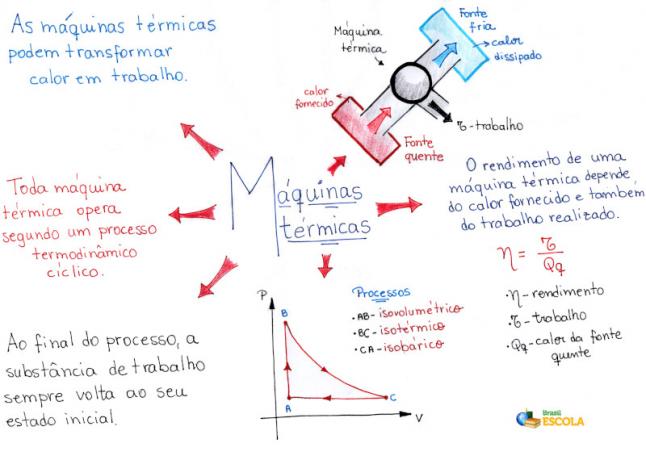Inertia is the property of matter that indicates resistance to change, which is why it is also called the force of inactivity.
The principle of inertia indicates the tendency to keep at rest a body that is at rest. At the same time, it indicates the tendency to maintain the movement of a body that is in constant motion, that is, in uniform rectilinear movement.
Changing the state of rest or movement only happens if a resultant force is applied to that body.
Law of Inertia: Newton's First Law
Newton's theories systematize the principles about the movement of bodies (inertia, dynamics, action and reaction).
THE Newton's First Law, deals with the principle of inertia:
“Every body remains in its state of rest or of uniform motion in a straight line, unless it is forced to change that state by forces imprinted upon it.”. (NEWTON, 1990, p. 15)
This law, which is also called the “Law of Inertia”, follows on from the studies and discoveries of Galileo Galilei about the movement of bodies.
One of the factors that most contributes to inertia is mass, which is the measure of inertia. The inertia will be greater the greater the mass of a body.
Thus:
Q = m. v
Where,
Q: linear motion amount
m: pasta
v: velocity
Inertia is only possible when the net force is nil. This is what allows the states to remain.
Imagine a heavy box being pushed by two people (one on each side). These people have the same shape and, therefore, the box will remain in the same place, because as the forces are equal, they cancel each other out.
But if there is one person stronger than the other, the box will move as a result of applying non-zero force.
Understand the second and the third Newton's Laws.
Learn more Matter Properties.



